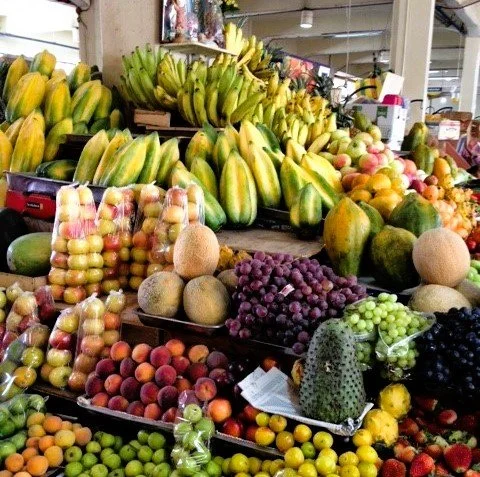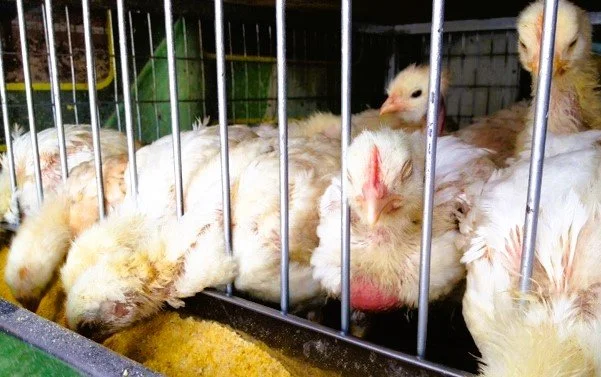Jonathan C. Lewis
Author and Artist
Mapping Cuenca
A fictional travelogue; four minutes to read.
In a foreign city, when out and about on a sightseeing walk, I’m not alone. I’m with myself.
Walking is how I discover the world around me, the world within. Character mapping begins at passport control. “What is the purpose of your visit? Business or pleasure? Sightseeing or soul-searching?”
In the cracks and crevices under my footsteps, I take stock of my sins, recite life’s sermons, liberate myself. Walking is my church, mosque, synagogue.
On Sundays in Cuenca, Ecuador, stores are shuttered. Even restaurants abandon their responsibilities. It’s so quiet librarians are jealous. By Sunday evening, only a few street corner ice cream parlors remain open.
The city is haunting. My steps echo against muted buildings. It’s like strolling through an abandoned ghost town in the American West. I half expect to see a sheriff carrying a dead-or-alive warrant detailing my life’s stupidities, slipups, oversights.
On any other day, the city’s covered market bustles with commerce. Amidst a profusion of colors, piercing noise and powerful smells, fruit, fish, meat, spices, toys, clothes, household goods are hawked.
In poultry cages, farm-to-fork has a slaughtering immediacy to it. Cooped livestock is for sale.
In a massive vat of boiling oil, a man fries banana slices into tasty wafers, or chifles. The job is sweaty. A single bag of warm, aromatic chips costs five dollars and keeps me snacking for a week.
Flower women—once flower girls—squat on the pavement next to piles of roses, sunflowers, lilies. If I purchase a bouquet, the seller takes my money, then quickly tucks it into the folds of her skirt. If at all possible, she avoids conversation or eye contact with me.
Cuenca is architectural diversity amalgamated into a graceful, humble harmony. The historic city center has been touched by the Incas, the Spanish, the French and a raft of homeowners and shopkeepers passionate about painting their buildings with colorful pastels. A city adorned with artifacts from the righteous, the religious and the rich.
My urban hikes follow uncharted, byzantine, tortured, semi-lost paths. While charting Cuenca with my feet, I survey the topography of my mind.
One plodding step after another, I bear witness to who and what I am, what I wish I were. With the type of probing, awkward, annoying questions which life’s better friendships tolerate, I immerse myself in myself. Traveling alone, I am my best and worst friend.
Self-scrutiny is a vexing, vulgar tug-of-war. A seething brew of self-respect and self-loathing.
My nose is lined with hot dust and the smell of fragrant trees. The air is thick, almost unbreathable. Like standing too close to an open oven, the Cuenca heat prickles my skin, dries me out, bakes me.
Far into distant hills above Cuenca valley, the skyline is as uncluttered as crystal. The kind of clarity every traveler, every explorer, ever seeker, wants to bring home.
Against the blazingly bright sunlight, my eyes squint. To shade my face, my head is bowed as if in prayer.
I’m grateful for my Panama hat. Grateful for my water bottle. Grateful.








